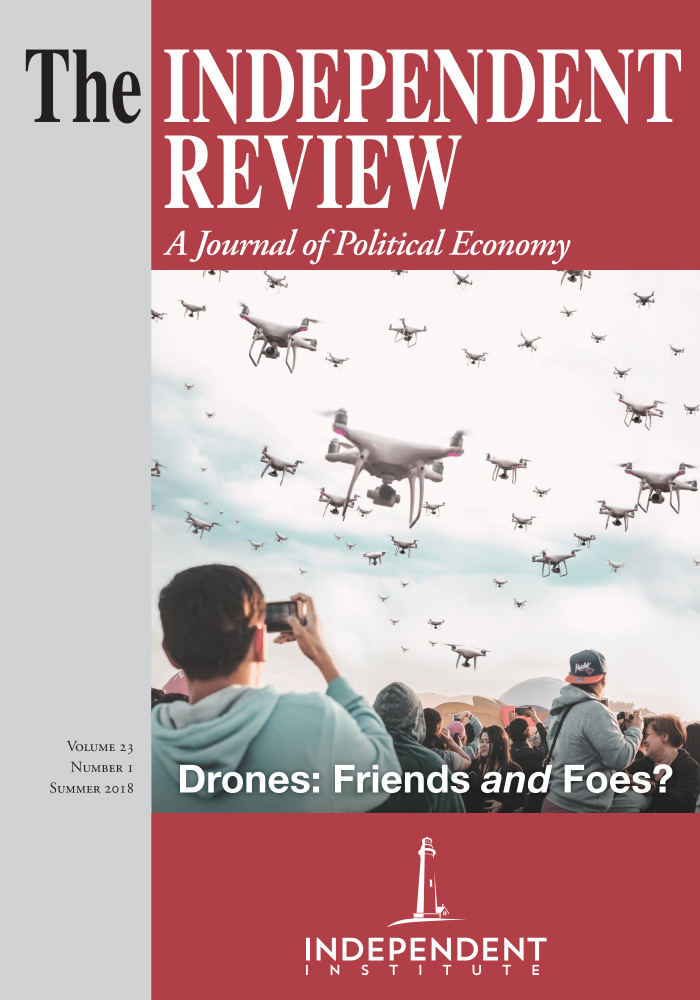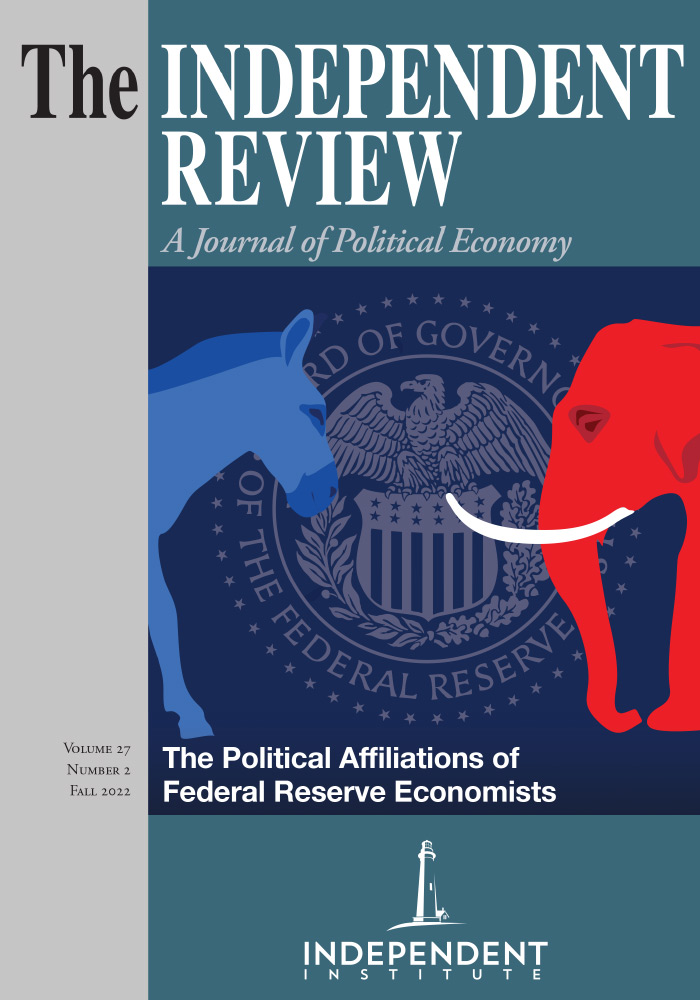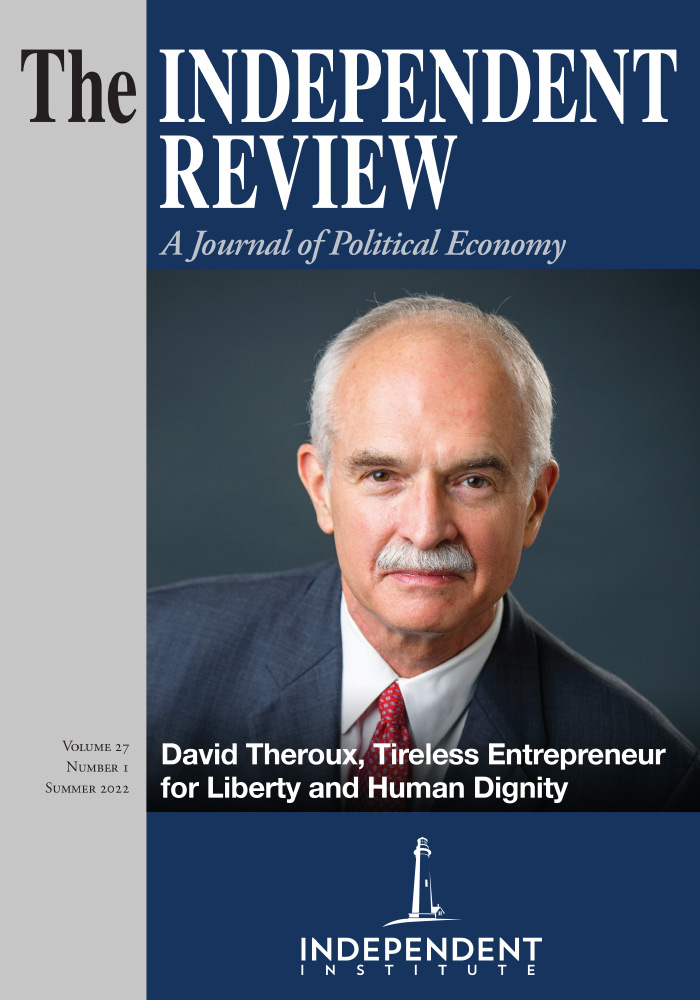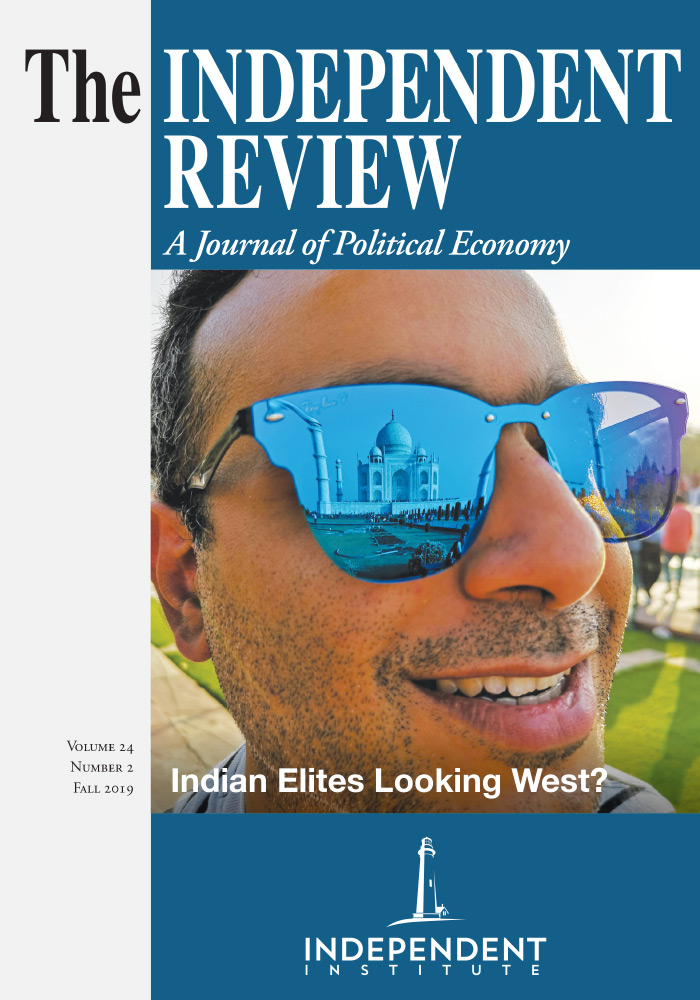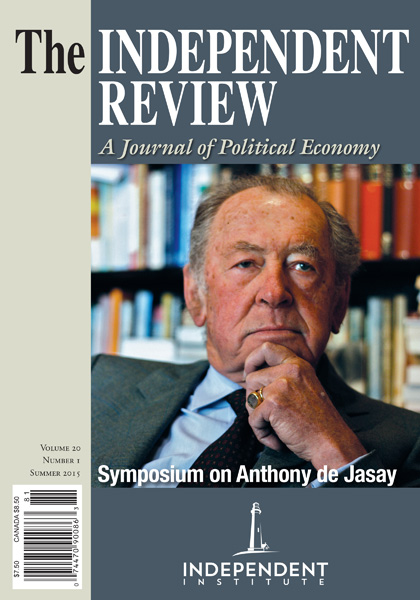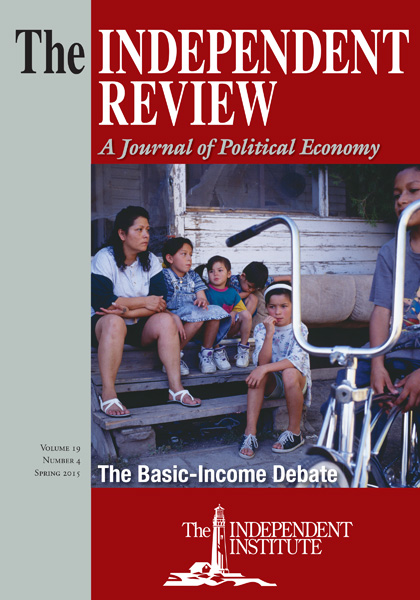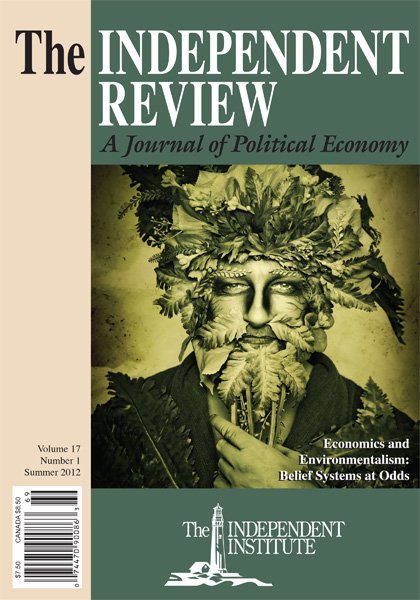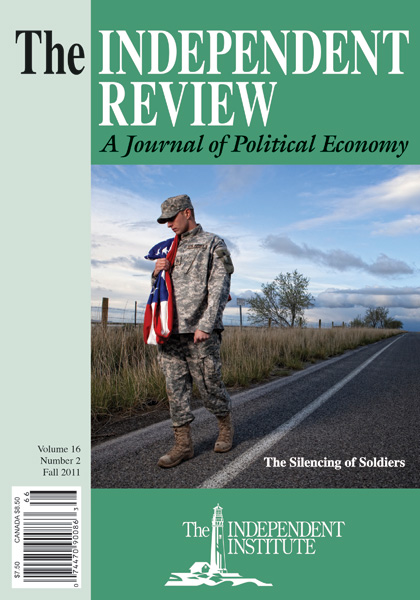When economists make comparisons of competing institutions by relying on theoretical models, invariably they fixate on idealized equilibrium outcomes and ignore what happens if something goes awry before equilibrium is reached. The extreme shortsightedness of this approach is apparent to anyone who has experienced the handling of ordinary customer-service mishaps at, for example, Walmart and the state Department of Motor Vehicles.
Article
Comparisons of competing institutions often turn on theoretical models of how, say, a government or a market may be expected to produce particular outcomes under ideal conditions or under specified less-than-ideal conditions. For example, neoclassical models of so-called perfect competition show that in equilibrium the perfectly competitive economy brings about an efficient allocation of resources. Altering the assumed conditions to allow for, say, the existence of negative externalities in certain markets, the altered model shows that the less than perfectly competitive economy brings about an inefficient allocation of resources. Finally, a model with government intervention shows how the government uses taxes, subsidies, or regulations to remedy the inefficiency produced by the economy with negative externalities. Such comparisons contrast one equilibrium with another. In each case, the outcome is imagined to reach its equilibrium by virtue of the assumed structural conditions and the incentives they create for actors in the model. But rarely do analysts stop to consider how the contrasting institutions operate if something goes awry before an equilibrium is reached. In a perturbed situation, what is the path to a reestablished equilibrium?Who does what along this path? And what incentives drive these actions?
To understand how competing institutions correct or fail to correct themselves when something is amiss, we must consider how feedback reaches the actors and the incentives they have to respond appropriately to that feedback. One might, therefore, contrast not a perfectly competitive economy and a government-shaped economy but rather an economy with effective feedback mechanisms and responsive actors and an economywith ineffective feedback mechanisms and unresponsive actors. This characterization, it turns out, amounts to a contrast between a real-world market economy and a real-world government-distorted economy.
Consider a workaday example: a comparison of my dealings with Walmart and my dealings with the state Department of Motor Vehicles (DMV).
First, notice that my dealings with Walmart are entirely voluntary. No Walmart agent threatens me with punishment or violence if I abstain from shopping at that store. Second, when I go there, the employees are courteous and helpful. If I ask them where I can find a certain item in the store, they either tell me or, often, take me there and show me the item on the shelf. Third, the price I pay for each item is acceptable to me; if it’s not, I don’t buy it. Fourth, if I have a problem with a product or find it defective, I can return it for an exchange or a refund of my money. None of the foregoing is especially noteworthy, of course. Indeed, they are more the norm in a market economy than they are anything extraordinary.
Now consider my dealings with the DMV. First, these dealings are not voluntary but compulsory, as dictated by state law. The state government has decreed that I register my vehicle annually and pay a fee for the privilege. The same is true for my obtaining a current driver’s license or transferring a vehicle’s title. Every transaction requires payment of a fee I must cough up or else risk a larger fine. Second, at the DMV the employees are anything but courteous and eager to please; on the contrary, they act as if working at the DMV is simply their unfortunate destiny in this vale of tears, and the dreary weight of their jobs is visibly almost more than they can bear. Third, if I don’t like the amount of a fee, that’s just tough. The people at the DMV could not care less, nor could they make any adjustments even if they wished to do so. Like any bureaucratic drones, they are just following the rigid rules set down for them by higher authorities. Finally, if I am dissatisfied with the service they provide, I have no form of remedy whatsoever. They don’t need my business to keep going. The laws require that I do business with the dreaded DMV regardless of the shoddy service (such as long waits and sullen employees). If I don’t like the service, I cannot simply decide that I will spend my money on something more valuable to me supplied by a different vendor.
One need not be an economic genius to perceive why the foregoing differences exist and persist. In the market economy, sellers must compete for the consumer’s purchases. If they treat the customers poorly and provide low-quality products, they will not flourish and may well go bankrupt sooner or later. The government, in contrast, need not worry about pleasing “customers,” who have been dragooned into dealing with it in the first place by threats of fines and greater punishments, including prison sentences in cases of intransigent resistance.
What we are seeing in this and countless other such contrasts is the difference between the type of feedback that poor providers of goods and services receive in the market economy—falling prices, dwindling sales, declining profits—and the type of feedback that occurs when the government has intervened—pretty much just griping to elected politicians and begging them to do something about the shoddy, indifferent, and even hostile treatment of those they purport to serve. On the one hand is the clear, immediate spur of falling profits and shriveling private wealth, both strong goads to elicit a change in one’s actions. On the other hand are captive customers, arbitrary standards for dealing with them, and a nearly complete disconnect between customer satisfaction and provider conduct. The bureaucrat knows that his salary does not hinge on making his captive customers happy. Lacking a clear, strong incentive to provide high-quality service with courtesy and an eagerness to serve, he or she acts accordingly, simply telling people that X is the rule, it’s not my fault, I’m just following orders. Because no bottom line of profit or loss exists, no one can show clearly how abysmally a government agency is failing. Indeed, the agency’s leaders, faced with manifest failures, can be expected to plead for more of the taxpayers’ money to repair the deficiencies of their own making.
In sum—it is scarcely a new discovery—private property, market prices, and profitand- loss accounting together create a feedback/response system with powerful incentives for actors to move resources in the right direction whenever they become inefficiently allocated for whatever reason. When the government takes over or intervenes extensively in the market, it either destroys or greatly damages this feedback/ response system, replacing it with actions and resource allocations that respond not to consumers’ valuations but rather to the ebb and flow of political pull as individuals, firms, and interest groups compete to gain control of armed, predatory power. Seen in the light of these realities, one must conclude that the neoclassical welfare-economics model of how the government can step in and perfectly remedy “market failures” is little short of a fairy tale. This time-worn model simply assumes that the government agents who intervene will be honest, competent, virtually omniscient, and highly motivated to do whatever is required to establish efficient resource allocation in the economy. One might as well assume that pigs will fly.
| Other Independent Review articles by Robert Higgs | ||
| Fall 2019 | Pressure-Release Valves in Participatory Fascism | |
| Winter 2018/19 | Two Worlds: Politics and Everything Else | |
| Fall 2018 | Against the Whole Concept and Construction of the Balance of International Payments | |
| [View All (62)] | ||

